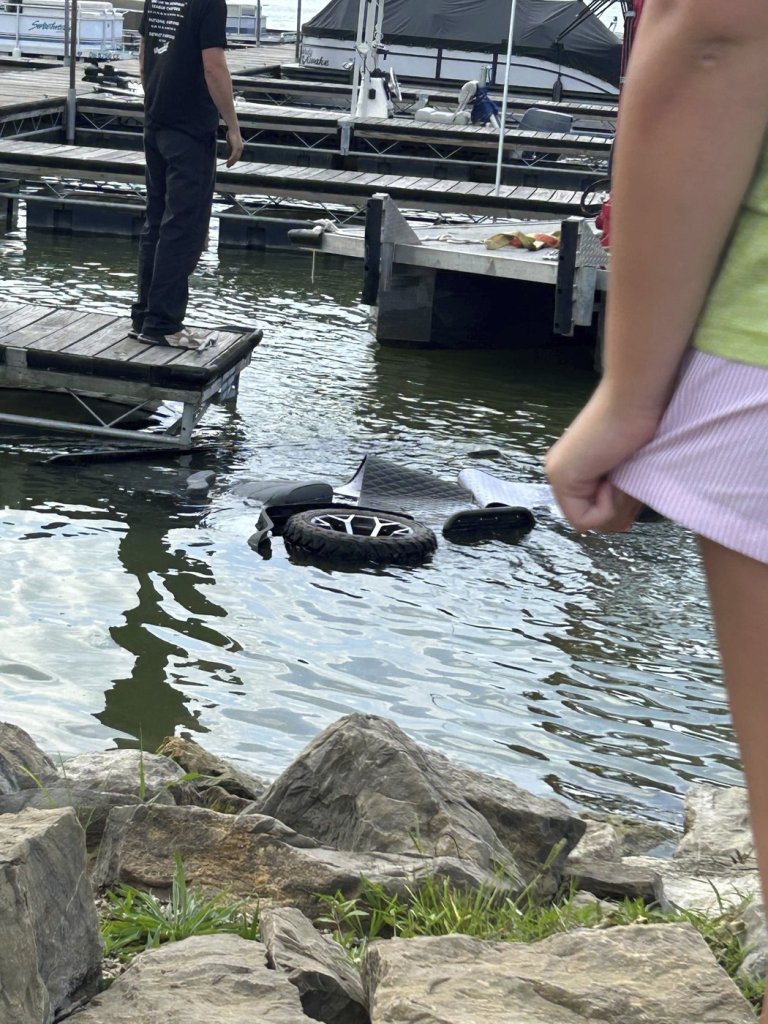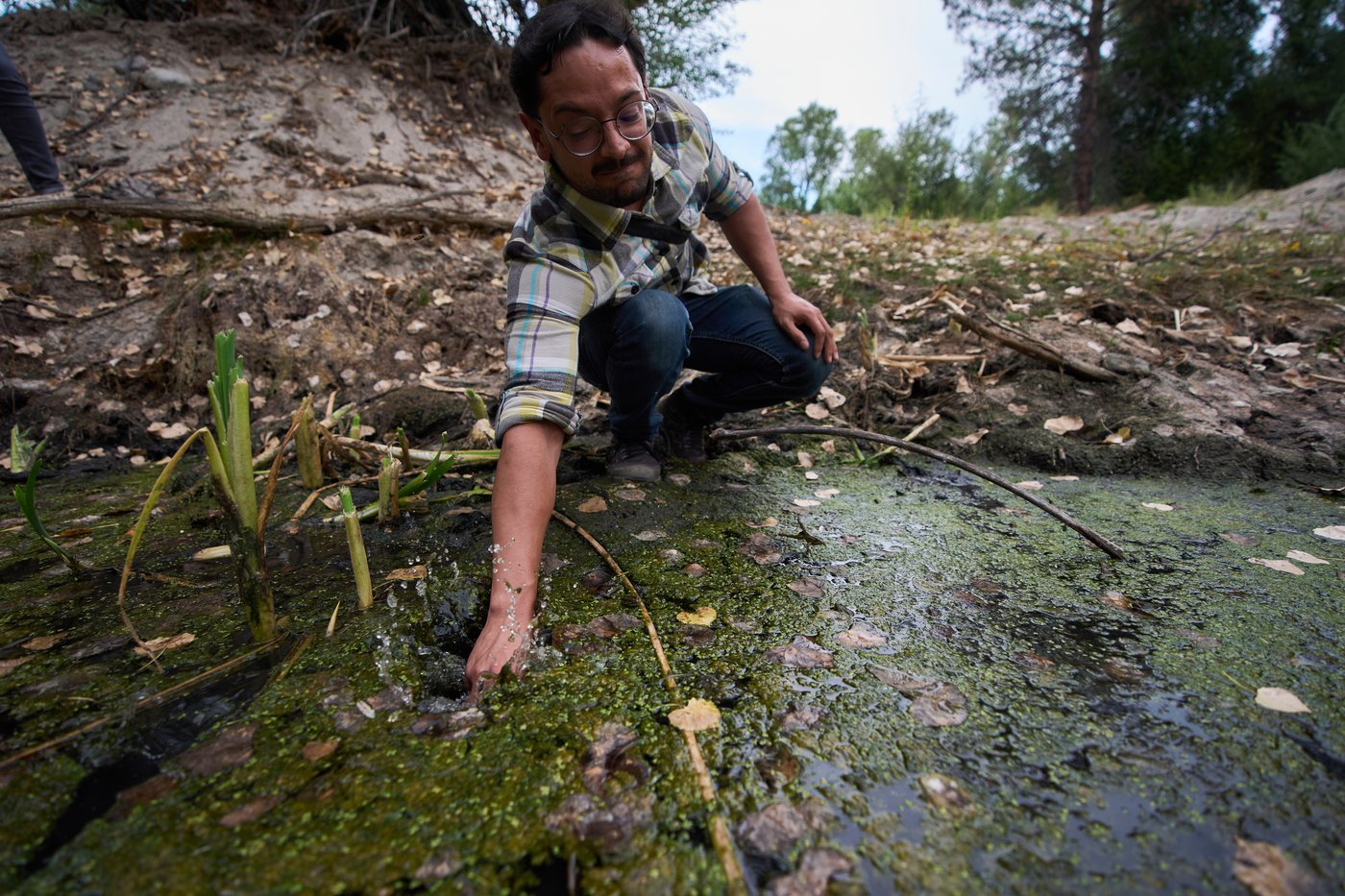
The call of a native frog is heard again in Southern California thanks to help from Mexico and AI
THE SANTA ROSA PLATEAU ECOLOGICAL RESERVE, Calif. (AP) — The scientist traipses to a pond wearing rubber boots but he doesn’t enter the water. Instead, Brad Hollingsworth squats next to its swampy edge and retrieves a recording device the size of a deck of cards. He then opens it up and removes a tiny memory card containing 18 hours of sound.
Back at his office at the San Diego Natural History Museum, the herpetologist — an expert in reptiles and amphibians — uses artificial intelligence to analyze the data on the card. Within three minutes, he knows a host of animals visit the pond — where native red-legged frogs were reintroduced after largely disappearing in Southern California. There were owl hoots, woodpecker pecks, coyote howls and tree frog ribbits. But no croaking from the invasive bullfrog, which has decimated the native red-legged frog population over the past century.
It was another good day in his efforts to increase the population of the red-legged frog and restore an ecosystem spanning the U.S.-Mexico border. The efforts come as the Trump administration builds more walls along the border, raising concerns about the impact on wildlife.
The decline of the red-legged frog
At 2 to 5 inches long (5 to 13 centimeters), red-legged frogs are the largest native frogs in the West and once were found in abundance up and down the California coast and into Baja California in Mexico.
The species is widely believed to be the star of Mark Twain’s 1865 short story, “The Celebrated Jumping Frog of Calaveras County,” and their crimson hind legs were eaten during the Gold Rush. But as the red-legged frog declined in numbers, the bullfrog — with its even bigger hind legs — was introduced to menus during California’s booming growth in the late 19th and early 20th centuries.
The red-legged frog population was decimated by the insatiable appetite of the bullfrogs and the disease the non-native species brought in, but also because it lost much of its habitat to drought and human development in the shape of homes, dams and more.
Hollingsworth couldn’t estimate the number of red-legged frogs that remain, but said they have disappeared from 95% of their historical range in Southern California.
Robert Fisher of the U.S. Geological Survey’s Amphibian Research and Monitoring Initiative Program searched for the frog for decades across some 250 miles (400 kilometers) from Los Angeles to the border. He found just one in 2001 and none after that.
Scientists using DNA from red-legged frogs captured in Southern California before their disappearance discovered they were more genetically similar to the population in Mexico than any still in California.
Amphibian diplomacy
In 2006, Fisher, Hollingsworth and others visited Baja where they had heard of a small population of red-legged frogs. Anny Peralta, then a student of Hollingsworth at San Diego State University, joined them. They found about 20 frogs, and Peralta was inspired to dedicate her life to their recovery.
Peralta and her husband established the nonprofit Fauna del Noroeste in Ensenada, Mexico, which aims to promote the proper management of natural resources. In 2018, they started building ponds in Mexico to boost the frog population that would later provide eggs to repopulate the species across the border.
But just as they were preparing to relocate the egg masses, the COVID-19 pandemic hit. Peralta and the U.S. scientists scrambled to secure permits for the unusual cargo and a pilot to fly the two coolers of eggs closer to the border. The rest of their journey north was by road, after the eggs passed a U.S. border guard inspection.
Over the past five years, Hollingsworth and his team have searched for sounds to prove their efforts to repopulate ponds in Southern California worked.
On Jan. 30, he heard the quiet, distinct grunting of the red-legged frog’s breeding call in an audio flagged by AI.
“It felt like a big burden off my shoulder because we were thinking the project might be failing,” Hollingsworth said. “And then the next couple nights we started hearing more and more and more, and more, and more.”
Over the next two months, two males were heard belting it out on microphone 11 at one of the ponds. In March, right below the microphone, the first egg masse was found, showing they had not only hatched from the eggs brought from Mexico but had gone on to produce their own eggs in the United States.
AI’s role
Conservationists are increasingly turning to artificial intelligence to monitor animals on the brink of extinction, track the breeding of reintroduced species and collect data on the impact of climate change and other threats.
Herpetologists are building on the AI-powered tools already used to analyze datasets of bird sounds, hoping that it might help build audio landscapes to identify amphibians and track their behavior and breeding patterns, said Zachary Principe of The Nature Conservancy, which is working with the museum on the red-legged frog project. The tools could also help scientists analyze tens of thousands of audio files collected at universities, museums and other institutions.
Scientists working to restore the red-legged frog population in Southern California hope to soon be provided with satellite technology that will send audio recordings to their phones in real time, so they can act immediately if any predators — in particular bullfrogs — are detected.
It could also help track the movement of the frogs, which can be difficult to find in the wild, especially because cold-blooded creatures cannot be detected using thermal imagery.
The AI analysis of the pond audio has saved time for Hollingsworth and the others, who previously had to painstakingly listen to countless hours of audio files to detect the calls of the red-legged frog — which resembles the sound of a thumb being rubbed on a balloon — over the cacophony of other animals.
“There’s tree frogs calling, there’s cows mooing, a road nearby with a motorcycle zooming back and forth,” Hollingsworth said of the ponds’ audio landscape. “There’s owls, there’s ducks splashing, just all this noise”
Building a binational frog population
The red-legged frog is the latest species to see success from binational cooperation along the near-2,000-mile (3,200-kilometer) border spanning California, Arizona, New Mexico and Texas. Over the years, Mexican gray wolves have returned to their historic range in the southwestern U.S. and in Mexico, while the California Condor now soars over skies from Baja to Northern California.
Based off the latest count, scientists estimate more than 100 adult red-legged frogs are in the Southern California ponds, and tadpoles were spotted at a new site.
The team plans to continue transporting egg masses from Baja, where the population has jumped from 20 to as many as 400 adult frogs, with the hope of building thriving populations on both sides of the border. Already the sites are seeing fewer mosquitos that can carry diseases like dengue and Zika.
A restoration pond in Baja that Peralta’s organization built recently teemed with froglets, their tiny eyes bobbing on its aquatic fern-covered surface. They could, one day, lay eggs for relocation to the U.S.
“They don’t know about borders or visas or passports,” Peralta said of the frogs. “This is just their habitat and these populations need to reconnect. I think this shows that we can restore this ecosystem.”
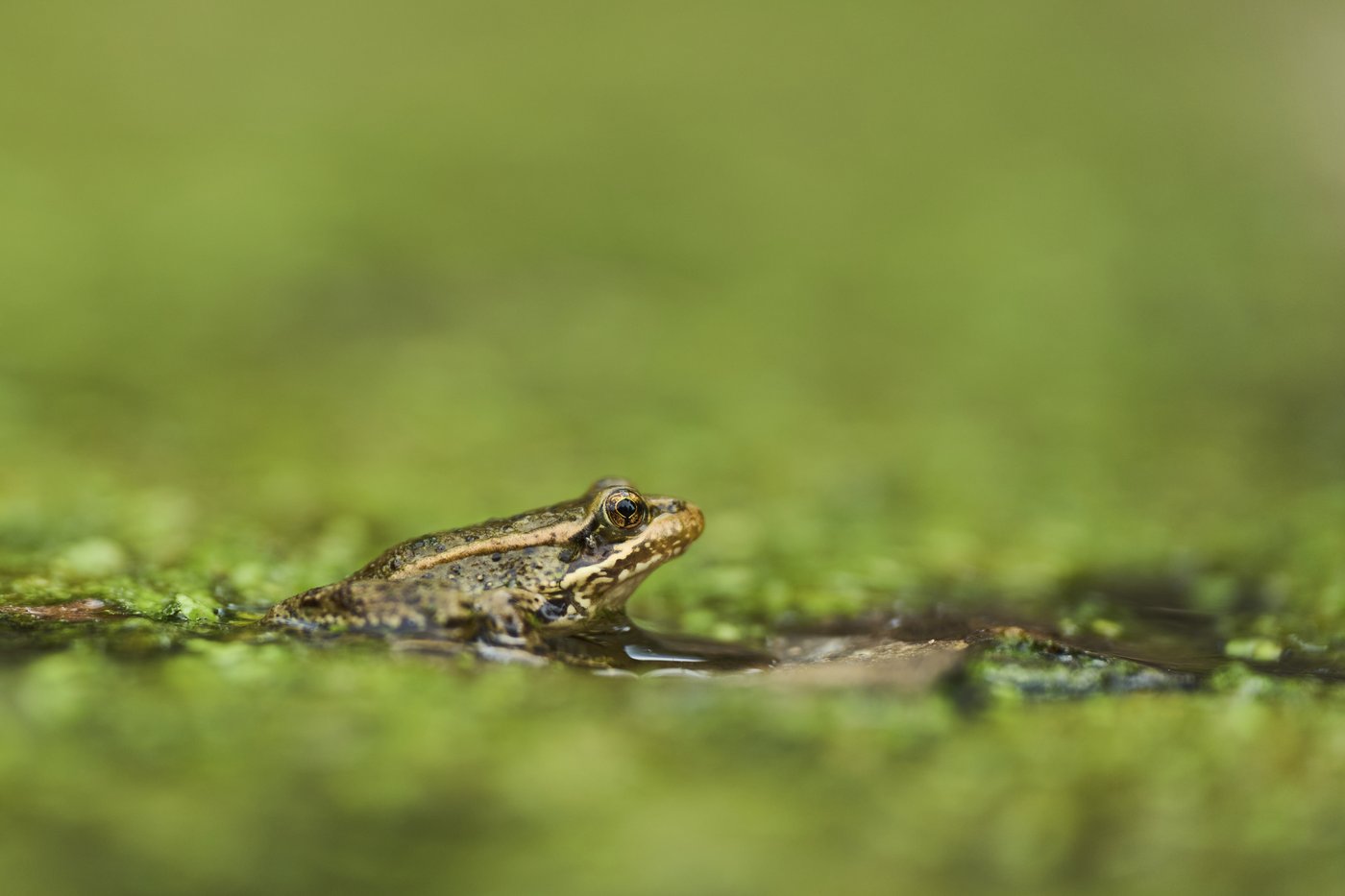
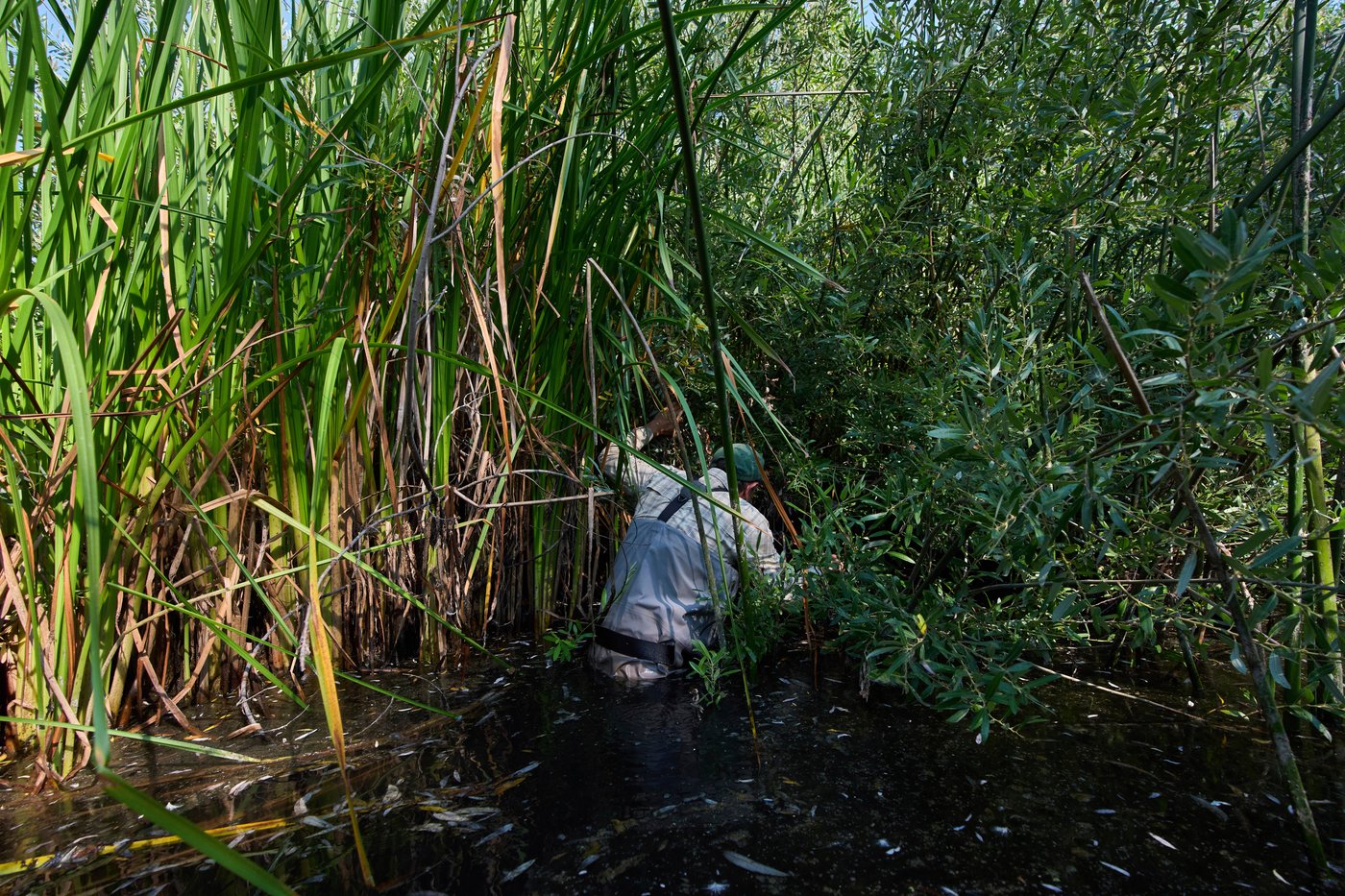
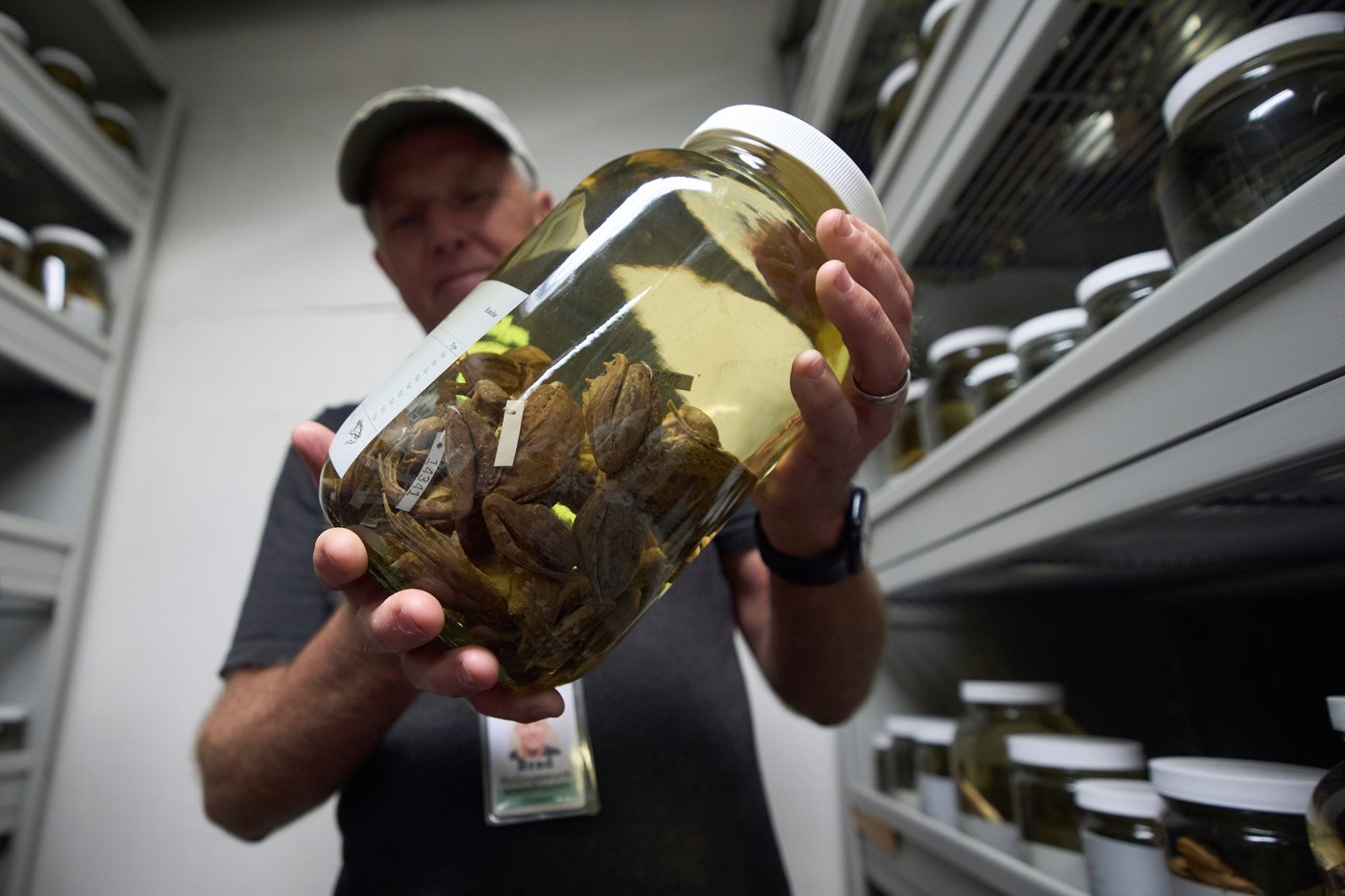
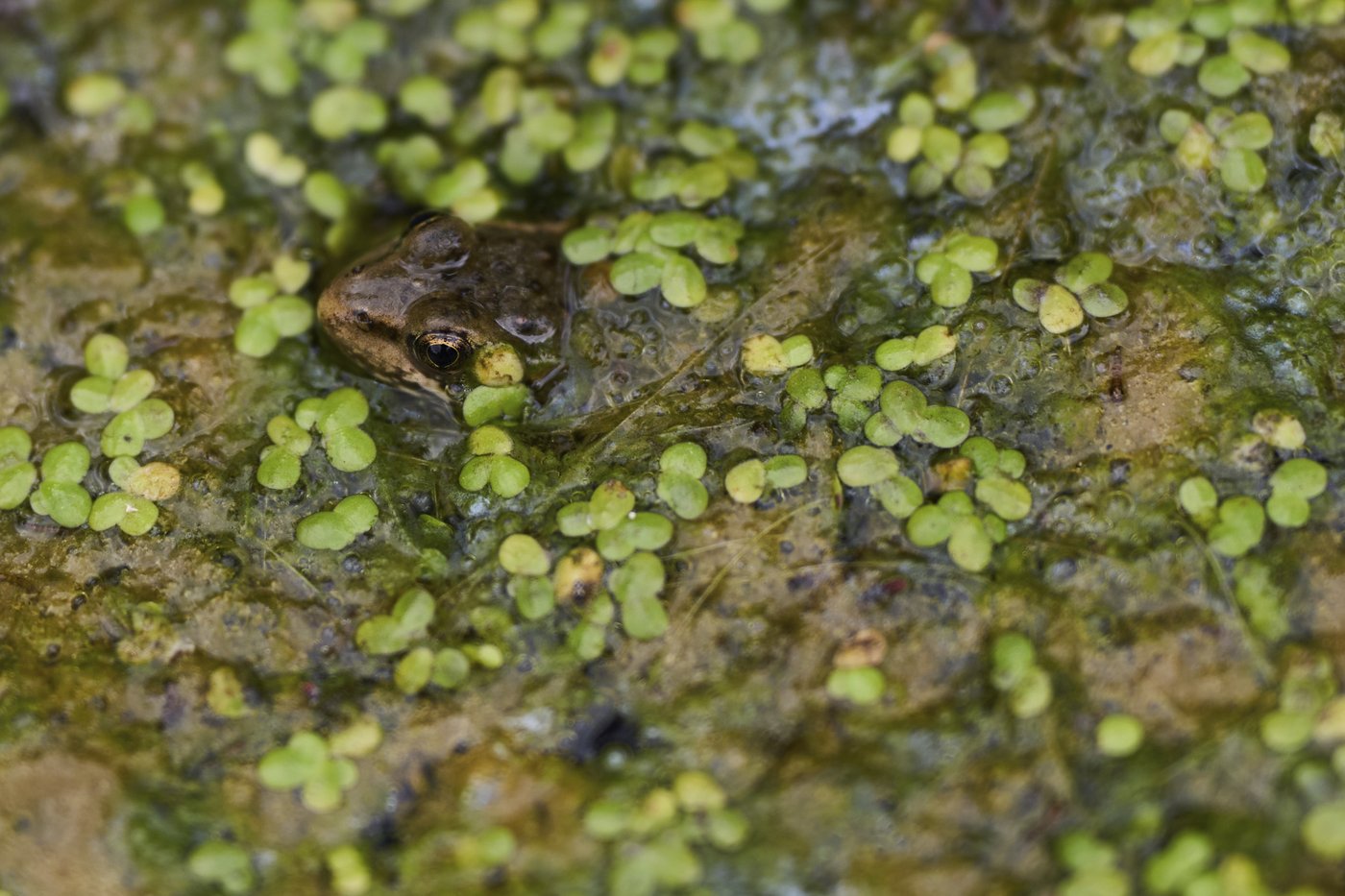
Join the Conversation!
Want to share your thoughts, add context, or connect with others in your community?
You must be logged in to post a comment.













